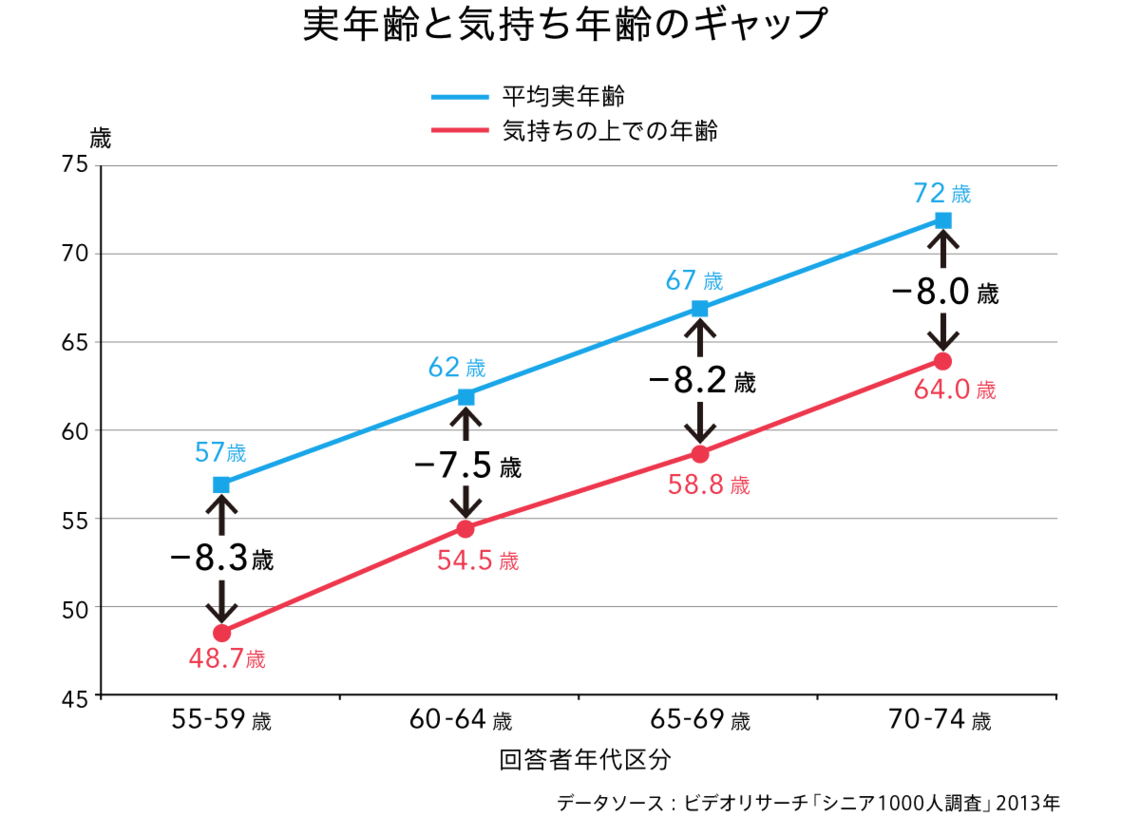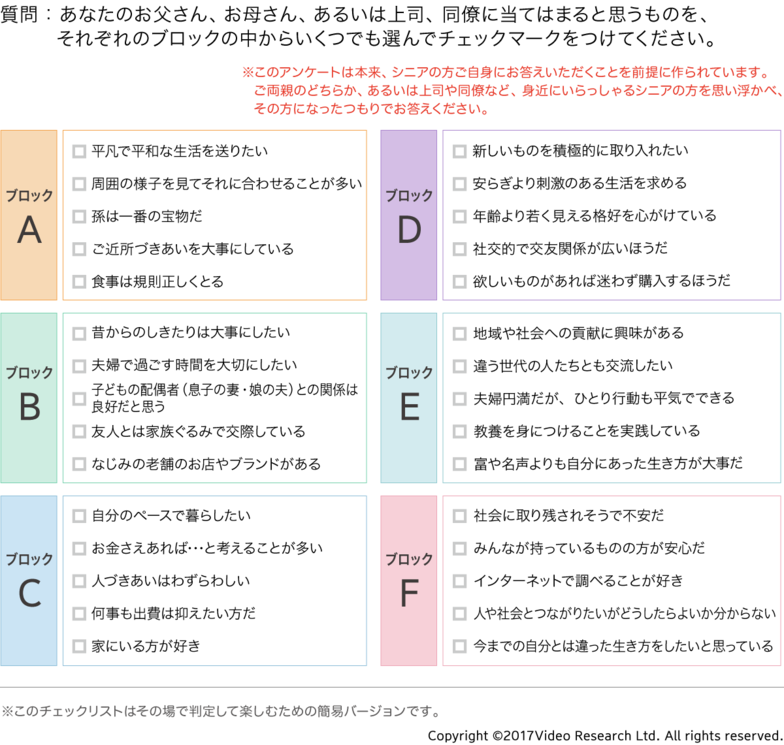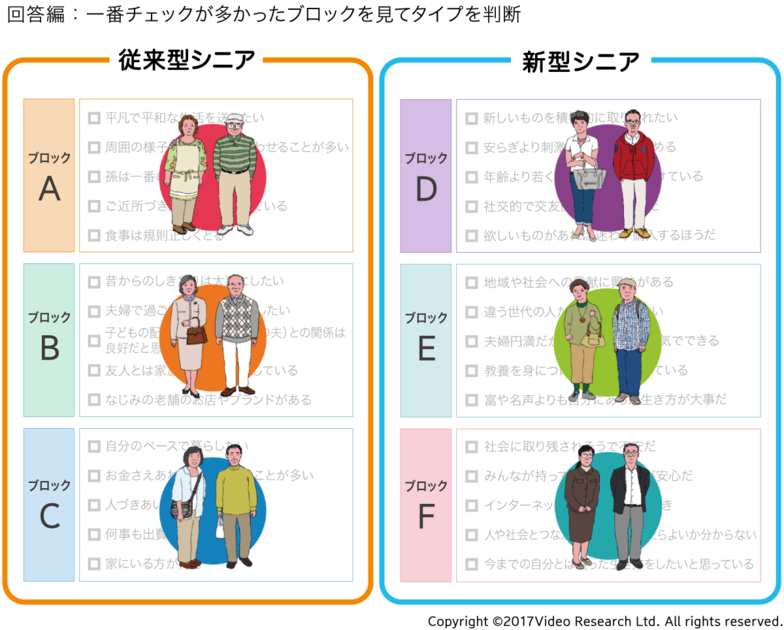Video Research Ltd.'s Consumer Research Division , "Hito Laboratory," leverages our vast consumer data and insights to study communication that resonates with consumers and to identify and solve communication challenges faced by companies. Last May, we also introduced in Web Dentsu News how classifying diverse consumers into types based on their "thinking habits" enables more effective approaches.
The theme of this series is "Seniors"*. As you know, Japan is the world's most rapidly aging society with the lowest birth rate. It is now becoming a "country of adults" where one in two people is over 50. Naturally, they should be targeted as a key marketing demographic, but how many people truly understand seniors? The reality is that even our own parents or bosses, who are close to us, may be poorly understood.
*Note: For reference, our institute defines seniors as those aged 55 to 74.
Focusing on today's seniors—who cannot be accurately understood by labels like "elderly" or "active seniors" alone—we will explore their diversity, approachable insights, and key targets in the emerging senior market. This discussion is based on our February publication , The Key to Conquering the New Senior Market: It's the Moratorium Men!
Their minds and bodies are 10 years younger than seniors were a decade ago!
Many of you reading this probably intuitively feel that today's seniors seem younger compared to older generations, right?
This is actually scientifically proven. In 2015, the Japanese Gerontological Society issued a statement declaring that "compared to people of the same age 10 to 20 years ago, modern seniors are 5 to 10 years younger in terms of physical function, mental capacity, and health status." This forms the basis for the proposal issued earlier this year by the same society and others, stating that "the 'elderly' should be defined as those aged 75 and above, while those aged 65 to 74 should be classified as 'pre-elderly'."
*Reference: The 29th Annual Symposium of the Japanese Society of Applied Gerontology (June 2015), Proposal on the Definition and Classification of the Elderly by the Japanese Geriatrics Society and the Japanese Society of Geriatric Medicine (January 2017)
Feeling 8 Years Younger Than Actual Age
If the mind and body are rejuvenating, one's emotional age should also be younger than their actual age. With this in mind, a survey asked participants what age they felt they were emotionally. The results showed that the average emotional age was 8 years younger than their actual age across all age groups: 48.7 years for those in their late 50s, 54.5 years for those in their early 60s, 58.8 years for those in their late 60s, and 64.0 years for those in their early 70s.

Fashion might be the clearest expression of this mindset. Don't you think senior citizens wearing jeans, which used to be rare, are now a common sight? Data confirms this: while only one in four people in their 60s owned jeans in 1992, three out of four people in their 60s owned them in 2016. This shows that today's seniors are younger than ever imagined—in mind, body, and spirit.
What Type Are Your Parents or Boss? A Checklist
While physical and mental youthfulness is a common trait, how people think and perceive things varies, influencing their choices of products, services, media, and devices.
For example, even among people who have grandchildren, some respond well to the keyword "grandchildren," while others don't.
Think of someone close to you—your parents, boss, colleague, or even an uncle or aunt. Check the items that apply to them below. The block with the most checks represents their type.

Those who checked mostly blocks A through C on the left are "Traditional Seniors." Compared to younger generations, they tend to hold traditional and conservative views.
On the other hand, those who checked more boxes in blocks D to F on the right are "New-Style Seniors." They are people who seek change, stimulation, and new information in their lives.
We will introduce the specific results for types A through F in future installments. Starting next time, we will explore the three types within each group—traditional and new—including who they are, what they seek, and what messages resonate with them.






